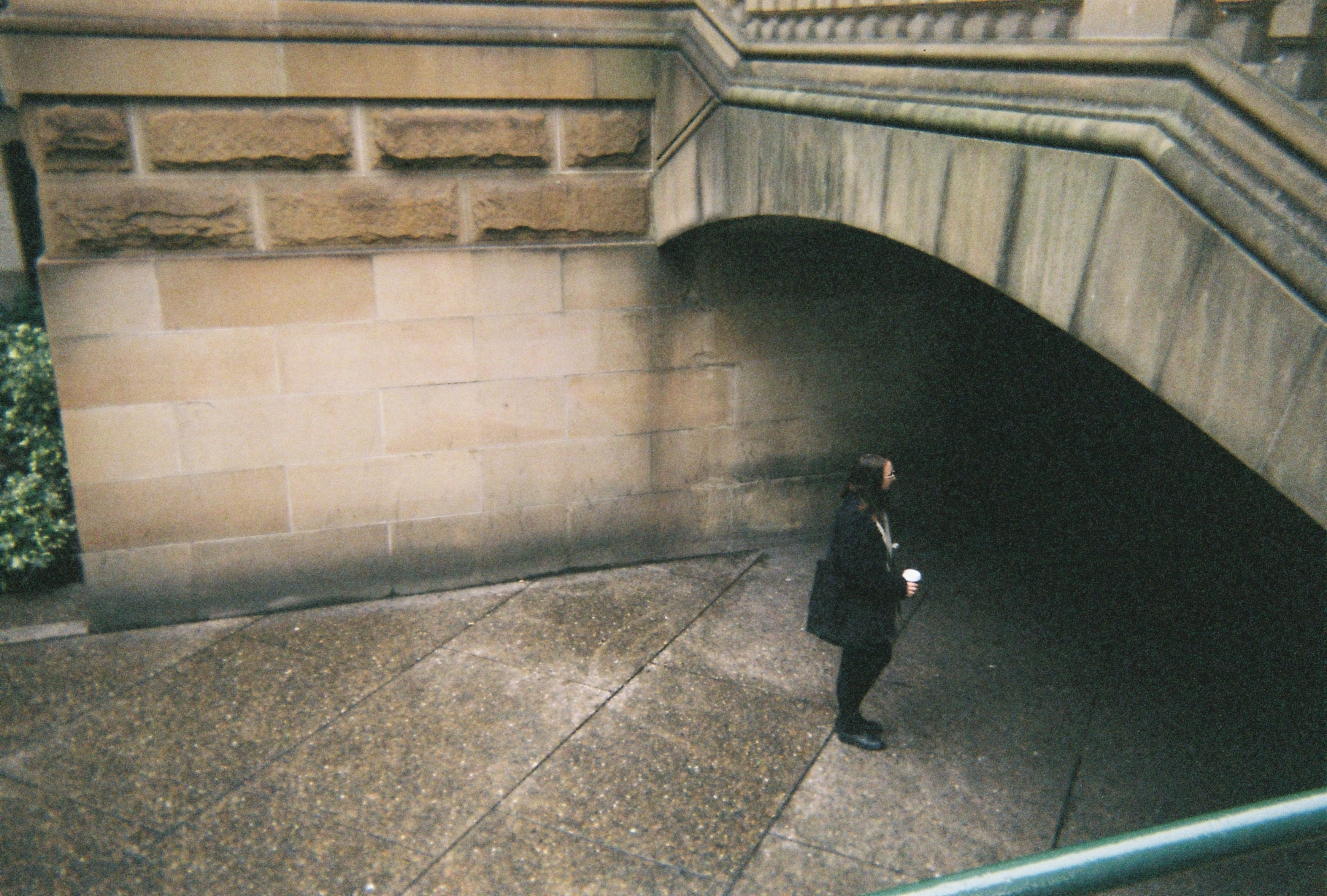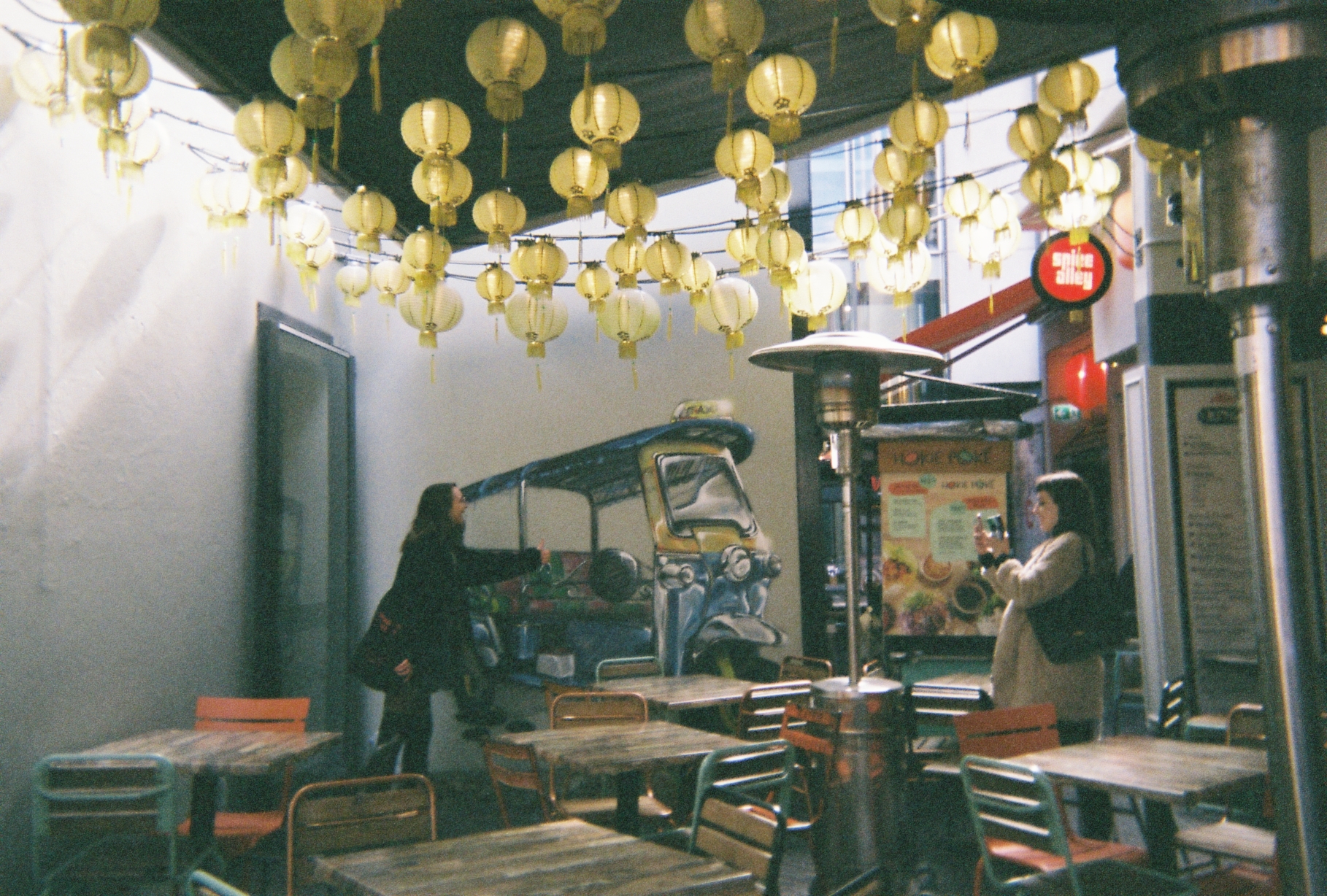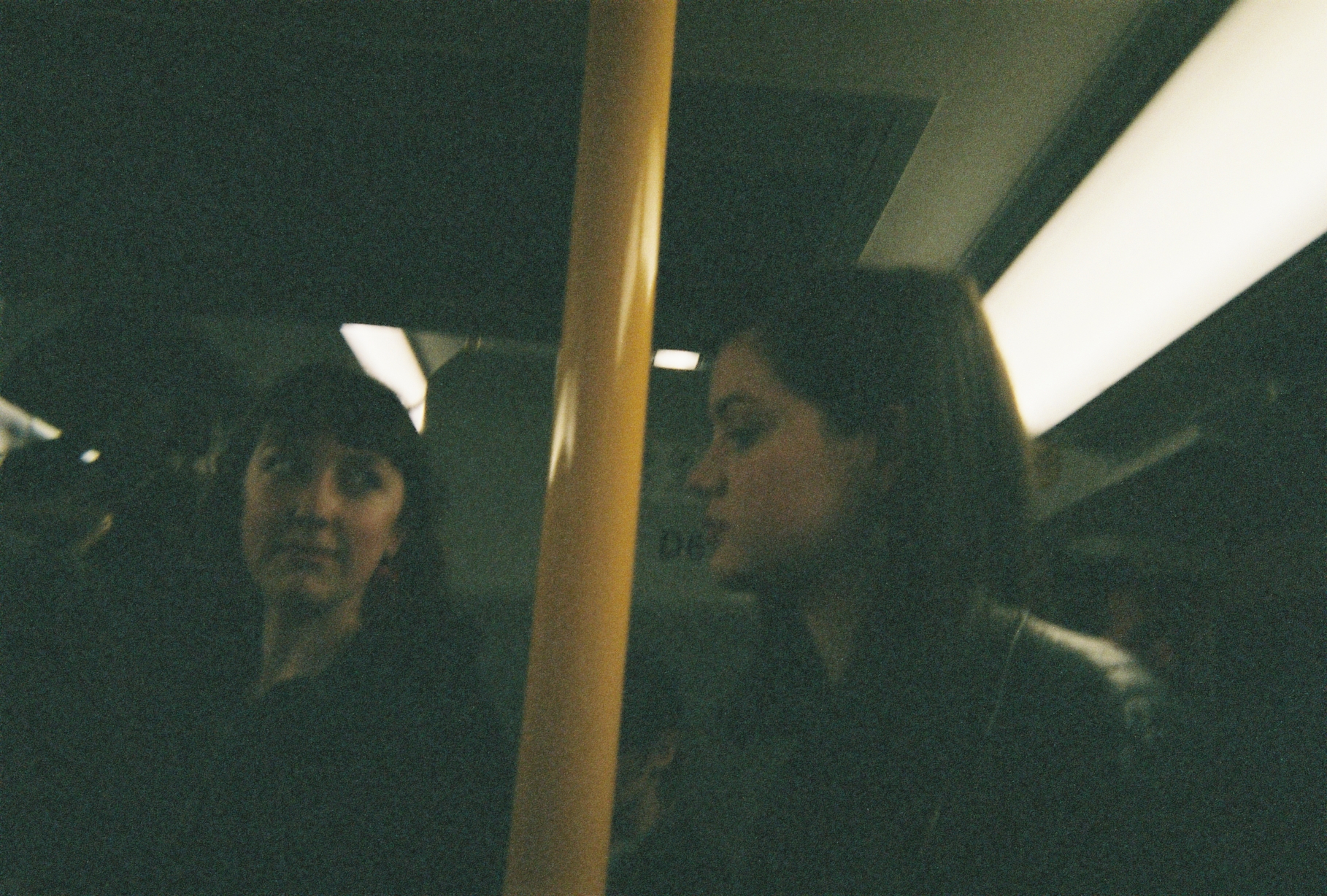The Results Are In: The ‘Free To Be’ Project Has Mapped Sydney’s Sexual Harassment Hotspots
Here's where Sydney women feel safe at night, and where they don't.

Just over a month ago, the ‘Free To Be’ project asked for your help to build a crowdsourced map of sexual harassment hotspots in Sydney. Now, the results are in — here are Sydney’s safe and unsafe spaces, according to the people who have to use them every day.
The Free To Be Sydney map, a project by Plan International Australia, has received over 2600 responses so far. Based on those responses, certain areas of the city stand out as either “happy” or “sad” spots, depending on how safe young women feel there. The map also contains anecdotes from young women outlining why certain spots stood out as happy or sad, providing important insights into what could be done to improve the danger areas.
Sydney’s key sad spots included Kings Cross, George Street (especially around Town Hall), Pyrmont Bridge, King Street and Wentworth Park. Public transport was also pretty thoroughly marked as unsafe — the map shows clusters of “sad pins” around the bus and train stops at Central, as well as St. Peters, Blacktown and Parramatta stations.
As for happy spots, Circular Quay (ferries in particular), Central Park, UNSW and Macquarie University, McIver Baths at Coogee, and Oxford Street were all places where people recorded good experiences.

The stairs outside Sydney’s Town Hall train station, marked as a bad place by Free To Be respondents. Photo credit: Plan International Australia
Along with the map, Plan International Australia today released a report on the impact of all these unsafe experiences. That report, based on interviews with 500 young women in Sydney, reveals the cost of street harassment for young women — just one woman in ten reported always feeling safe at night in Sydney.
More than one third of respondents said they first experienced sexual harassment between the ages of 11 and 15. The most common forms of street harassment experienced were cat-calling (experienced by 83 percent) and menacing behaviour (55 percent), but also included significant instances of being touched inappropriately (30 percent), having their path blocked (30 percent) and physical violence or sexual assault (10 percent).
While three quarters of those surveyed said they’d been harassed in front of bystanders, only 16 percent said a bystander stepped in to help. One in three girls who experienced harassment once a month or so experienced anxiety, depression or other mental health issues as a result.

Spice Alley at Sydney’s Central Park, marked as a happy place by Free To Be respondents. Photo credit: Plan International Australia
“What this report tells us, loud and clear, is that cat-calling and menacing behaviour is not ‘harmless fun’ or ‘a compliment’, Plan International Australia CEO Susanne Legena said.
“It has real and lasting repercussions. It’s affecting the well-being of our young women and in many cases, they are simply opting out of using public spaces.”
Legena said the aim of the Free To Be project, both map and report, was to highlight what needs to happen in Sydney’s public spaces to make them safe for everyone, all the time.
“This is a very ambitious crowdsourcing project that is collecting real stories from real girls and women about how they experience cities. It’s not about labelling cities as ‘dangerous’. It’s about helping authorities and planners to reimagine public spaces so that everyone can enjoy city life equally.”

Public transport was marked as a danger spot by many respondents. Photo credit: Plan International Australia
“We want to see those with a stake in city safety, whether it is councils, city planners, police or transit authorities, step up and take this issue seriously. We need a concerted effort to tackle this problem, which stems from deep seated inequality that still exists in all societies.”
You can view the Sydney map and its findings here. Submissions will remain open until May 28. After that time, the data will be analysed by researchers from Monash University’s XYX Lab, and findings will be provided to councils, transport authorities and urban planners to promote change.
